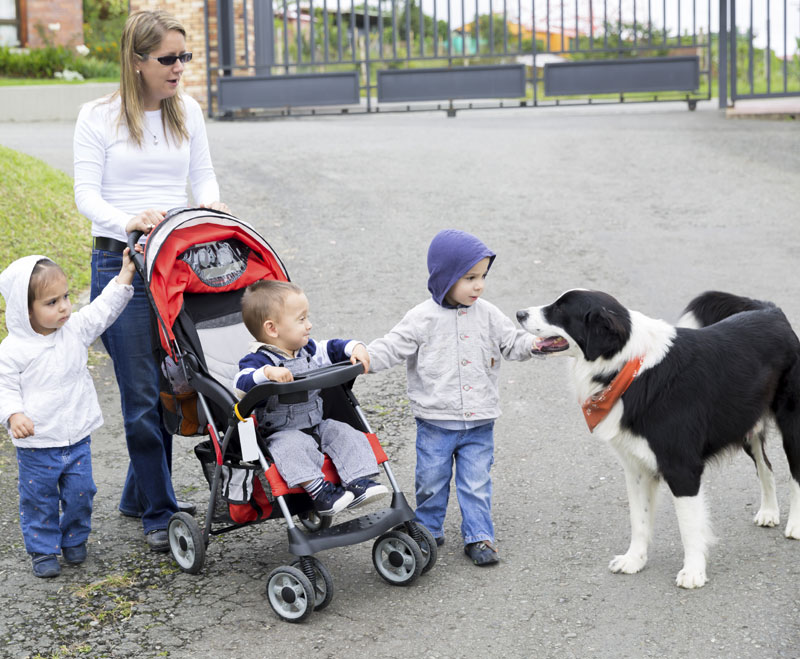Scientific research has demonstrated the positive impact of early exposure to pets on the development of allergies and asthma later in life.
Preventing Allergies
- In a study of lifetime dog and cat exposure and sensitization, teenagers who lived with a cat during the first year of their life had a 48% lower risk of cat allergy than their peers.
- Overall, teens with an indoor cat in the first year of life had a decreased risk of being sensitized to cats.[1]

Exposure to cats and dogs at an early age has been shown to strengthen children’s immune systems and help shield against asthma and eczema later in life.
Strengthening the Immune System
- Prenatal exposure to dogs can influence immune development and thereby attenuate the development of atopy (the genetic tendency to develop allergic diseases) in at-risk children[2]
The hygiene hypothesis states that a lack of early childhood exposure to infectious agents, symbiotic microorganisms (such as the gut flora or probiotics), and parasites increases susceptibility to allergic diseases by suppressing the natural development of the immune system.[3]










